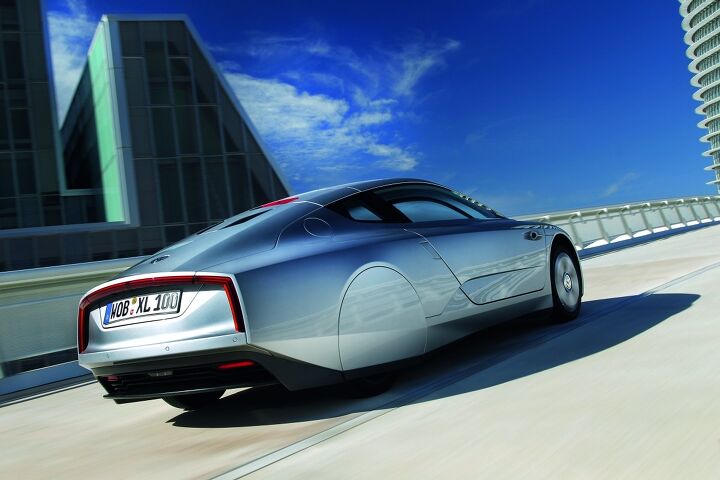T&E: European Test Cycle 'Not Fit For Purpose'
The European test cycle for fuel economy and emissions may need to be taken out back, based on findings by policy group Transport and Environment.
According to Ward’s Auto, T&E proclaimed the New European Driving Cycle “is not fit for purpose,” finding the laboratory results reported by automakers and those uncovered in real-world scenarios have a gulf between them, one that has widened over time: 8 percent difference in 2001, 31 percent in 2013, and a predicted 50 percent by 2020 if no action is taken.
Per the group, the NEDC is “obsolete, unrepresentative of modern cars and driving styles, and full of loopholes that car makers exploit to produce better test results,” as the lab results fail to account for external factors.
A replacement is in the works: the AECA is helping to develop the Worldwide Harmonized Light Vehicles Test Procedure, meant to replicate the real-world conditions the NEDC fails to account. The European Union would like the WLTP ready by 2017, but T&E clean-vehicles chief Greg Archer wants to see it sooner so that automakers can be stopped from “exploiting the flexibilities” in the current procedure.
Seattle-based writer, blogger, and photographer for many a publication. Born in Louisville. Raised in Kansas. Where I lay my head is home.
More by Cameron Aubernon


































Comments
Join the conversation
The European test cycles allow on-road testing, which lends itself to gaming. The "real world" aspect is what is wrong with it. It makes more sense to limit testing to a lab for the sake of consistency.
In looking at European (UK) and American figures for the same cars, I found that Euro numbers tend to run 25-33% higher. This accounts for the 20% difference in the size of our gallons, as well as the more punishing EPA testing cycle. I believe the CAFE MPG and EPA MPG are calculated differently (CAFE is much less punishing, and weighted in the automakers favor), but I've never been able to find the actual difference.
Instead of taking two years to develop their own test, why not work with the EPA to use that one? The EPA test might still be optimistic in some cases, but it's generally close enough.
I suggest that there is just a simple test on the accuracy of the car's trip computer and that these figures get onto the internet and collated over time. This gives average, real world numbers. It would be exciting to watch for the first few months after release of a new model.